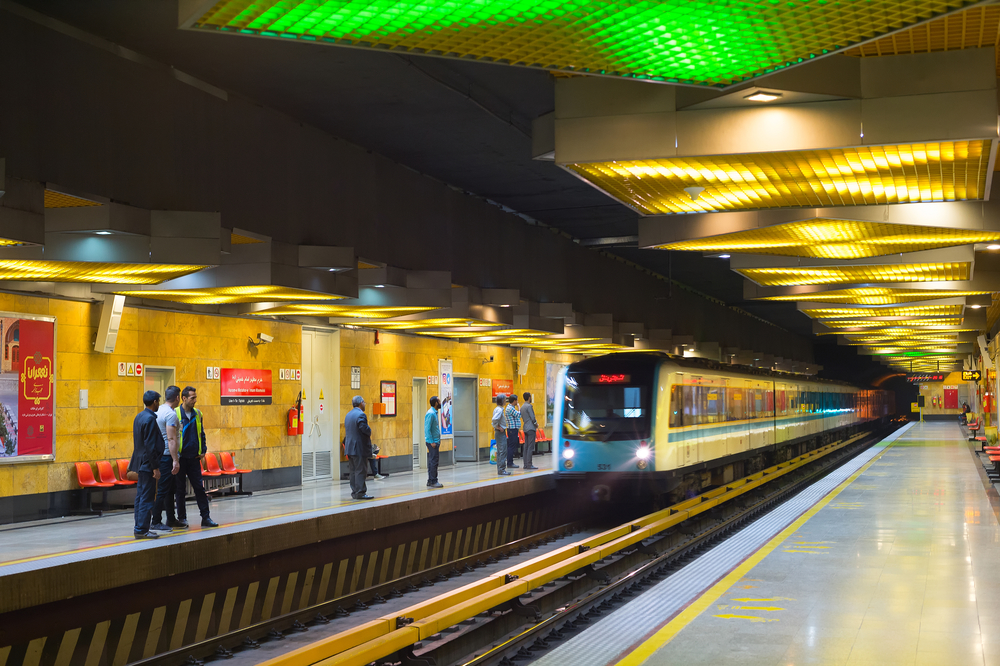Digital video surveillance brings more safety to public transport
A survey of public transport companies shows that they have upgraded their video surveillance. According to the study, this leads to greater safety and comfort for passengers.

The Union International des Transport Publics (UITP) in 2017/2018 together with Axis Communications a survey was carried out at public transport companies around the world. The aim was to obtain an overview of current trends and the use of video surveillance in buses, trains, streetcars or the respective public areas. The study was conducted for the first time in 2015.
In recent years, the use of video surveillance in public transport has increased significantly. According to the UITP survey, employees and passengers increasingly appreciate the value of video surveillance technology in public transport. This is especially true with regard to the positive impact on safety, according to the report. The potential of real-time support, which was predicted back in 2015, is now becoming more of a reality, Axis points out. Video surveillance continues to be classified as an important security tool in public transport, it adds.
Central survey results
Digitization on the rise: The digital era is increasing not only efficiency but also quality in local public transport, while also optimizing the customer experience. A comparison with the 2015 study shows that video surveillance is now perceived differently thanks to digitalization. Whereas passengers previously stated that they had a "safer feeling," this can now be expressed as a percentage: The improvement in actual security for passengers and staff is rated at 80 percent.
The survey also shows that the number of public transport networks equipped with analog cameras has decreased (from 25 to 18 percent) and upgrades and new installations are increasingly digital. The shift to digital video surveillance systems is even more evident, as 82 percent of survey respondents report having a digital component in their system.
Increasing investment in real-time technologies and analytics: The move towards IP video surveillance allows operators to use real-time analytics to improve the basis for decision-making. This includes responses to more unusual critical scenarios, such as responses to a security threat or emergency. Machine learning technologies detect "habitual" activity within a scene and provide automatic notification when "unusual" activity is detected.
The report also suggests that in 2015, only a handful of analytics methods, such as "graffiti detection," were in use by less than 10 percent. By comparison, in 2018, all 17 analytics methods examined in the survey were used, with some of the most popular among respondents reaching 50 percent or higher: intrusion detection or trespassing on a track.
Increasing support from businesses and passengers: According to the survey, public acceptance of video surveillance in the public transport sector has increased from 65 to 73 percent since 2015. Acceptance of security personnel, on the other hand, remains stable at 78 percent.
The survey also revealed that, compared to 2015, both internal and external agencies are exchanging more video information. However, this is not only the case in the public transport sector. The number of videos shared also increased in the following areas: city surveillance centers (from 10 to 22 percent), the fire department (from 4 to 28 percent) and finally regional and national security centers (from 5 to 12 percent).









